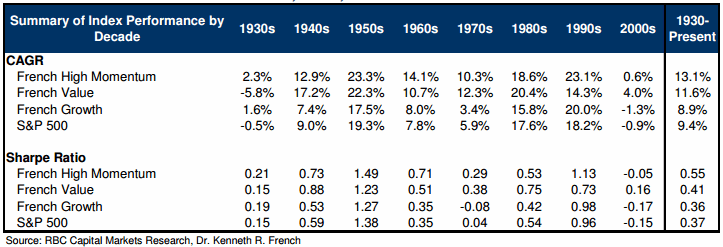It’s all about Greece
Weekly Wire – “It’s all about Greece”
If you have been following the financial media over the past week, the crisis in Greece has probably came up more times than any other topic. You might be wondering how this relatively small country can have such an impact on the world financial picture.
A 50,000 foot overview is that this is a debt crisis, similar in some ways to our debt crisis back in 2008. Over the past few years, several countries have stepped in to help bail out Greece and now it is time to repay them. The debt is due, but Greece cannot afford pay nor has it made the changes that were required by its creditors. The uneasy feeling that is being experienced now can be attributed to the uncertainty of how this will play out. It remains to be seen if there will be another bailout (and from whom) or will the country default and go bankrupt?This question also remains – will Greece leave the “Eurozone“?
Back in April, the New York Times posted a good overview of the debt crisis in Greece and they updated the same article this morning. Click here to go to that article on the NY Times website.



